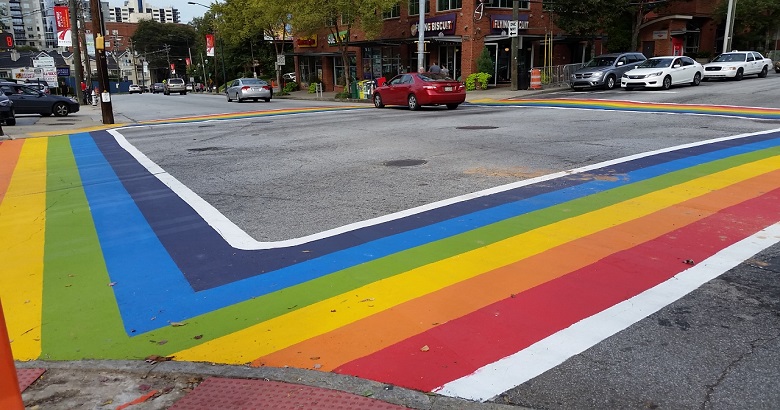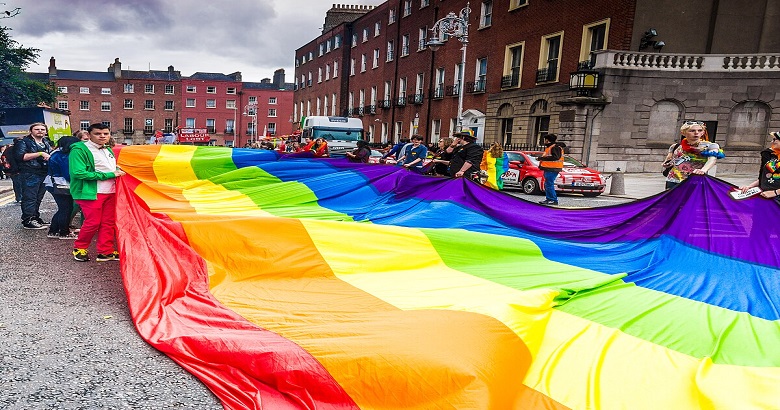
Let’s face it—our social media feeds burst with rainbow colors and vivid parade images when June shows around. The truth is, while Pride and LGBTQ are sometimes celebrated side by side, they are really two different but wonderfully linked pieces of the same jigsaw. LGBTQ is the amazing cast of characters, and Pride is the potent storyline that vividly brings their journey to life—just as in a novel.
Pride honors resiliency, culture, and the struggle for equality rather than only flashy parades and vibrant banners. However, LGBTQ is the wide diversity of identities driving this movement. All taken together, they generate a dynamic force for change, inclusiveness, and visibility. Understanding how they interact is essential to really helping the community and its continuing narrative.
Understanding LGBTQ: More Than Just Letters
What comes to mind when you see the term “LGBTQ”? Those letters reflect an interesting community of people with many diverse ways of loving and being and pack a lot of value. It encompasses a lovely range of human identities like a large, friendly umbrella. LGBTQ: every letter represents actual persons with actual experiences to share.
- Lesbian: Women drawn to other women
- Gay: People drawn to people of their gender
- Bisexual: Those drawn to more than one gender
- Transgender: People whose gender identification differs from their given sex at birth
- Queer/questioning: A more general phrase covering several identities and those discovering theirs
LGBTQ+ or LGBTQIA+ (adding Intersex, Asexual, and more to the mix) may also come up as the community keeps expanding, much like your preferred streaming service adds new series.
Consider LGBTQ as a large-scale family reunion invited to everybody. Your lesbian aunts have been together for decades; your homosexual brother recently came out last year; your bisexual cousin embraces their identity with pride; your transgender buddy feels at last at home in their skin. Every member adds their unique taste to the celebration, therefore enhancing the richness and vibrancy of the community.
Understanding Pride: Beyond the Rainbow Parade
Now, what about pride? That’s when things start to become extremely interesting. Imagine being told you cannot be yourself daily, year after year. That is exactly what occurred until one hot summer night in 1969 at the Stonewall Inn in New York City. At last, the LGBTQ community exclaimed, “Enough is enough!” That boldness sprang off something enormous: what we know as Pride.
Pride is more than simply dancing in the streets and waving rainbow flags—though that part is very fantastic. All bundled together is a love letter to freedom, a protest wrapped in a celebration, and a big “you’re not alone” embrace. Seeing a Pride march now is like witnessing history in motion: decades of hardships, triumphs, and future dreams walking down the street in magnificent color.
- Visibility: Pride activities guarantee that LGBTQ views and experiences are seen and heard in a society that frequently ignores them.
- Celebration: It is a time of joy and recognition for the community’s perseverance and accomplishment.
- Activism: Pride serves as a forum for addressing long-standing concerns such as prejudice, violence, and injustice.
Celebrated every June, Pride Month reminds us strongly of the history, challenges, and victories of the LGBTQ community.
The Rainbow Flag: A Shared Symbol
Among the most identifiable markers of LGBTQ Pride is the rainbow flag. Originally eight colors, each symbolizing a different facet of life, the flag was designed by Gilbert Baker in 1978. The design changed with time to reflect the present six-color form, which stands for:
- Red: Life
- Orange: Healing
- Yellow: Sunshine
- Green: Nature
- Blue: Harmony
- Purple: Spirit
Since then, the flag has been modified to feature black and brown stripes to symbolize people of color and other symbols honoring transgender and non-binary people. It is a uniting emblem that stands for the pride attitude as well as the variety of the LGBTQ population.
Pride and LGBTQ: An Intersection

Pride and LGBTQ have a close relationship, even if they have different ideas. Pride is the joyous and expressive component of LGBTQ identity and community. Pride is the source of strength, encouragement, and acceptance many LGBTQ people discover. Several important elements help one to understand the link between these words:
Contextual Historical Background
The Pride movement sprang from the history of persecution and struggle of the LGBTQ people. Knowing this historical link allows one to value Pride’s importance for LGBTQ people and supporters now. The development of these words indicates society’s growing acceptance of sexual and gender diversity.
Building Communities
Pride festivals and activities provide spaces where LGBTQ people can gather, exchange stories, and forge closer communities. These events enhance networks, cultural interaction, and understanding, therefore augmenting the collective voice and presence of the LGBTQ community in society.
Transparency and Advocacy
Pride gives LGBTQ voices a stage on which to be heard and tales a forum. By means of Pride activities and lobbying, the LGBTQ community promotes awareness of continuous obstacles, honors successes, and strives for more significant societal change.
Making a Difference: How LGBTQ and Pride Change the World
What is the impact of Pride and LGBTQ working together? It is everywhere! Consider how LGBTQ characters in your favorite programs nowadays are very complex human beings—goodbye, traditional homosexual best buddy! Alternatively, businesses are learning that supporting their LGBTQ staff members all year long is more important than merely placing a rainbow badge on their Twitter profile for June.
These developments are not limited to your screen or those of corporate boards. They occur in classrooms where students learn that families come in many shapes and sizes. These events take place in hospitals where medical staff members get inclusive care training. They are even occurring in small cities where Pride festivities are now emerging and uniting communities in ways none would have predicted.
Myths vs. Reality: Setting the Record Straight
Let’s clear some typical misunderstandings regarding Pride and LGBTQ:
Pride is just one big party
Although celebration is clearly part of it, Pride activities also involve community assistance, education, health services, and activism. It functions as a social change Swiss Army knife!
LGBTQ is a fixed term
Over the years, the LGBTQ abbreviation has grown to encompass other identities, including LGBTQIA+. This development shows the increasing awareness of many experiences by society.
LGBTQ issues only affect a small group
Actually, LGBTQ persons are your physicians, teachers, preferred athletes, and relatives. We are all linked; hence, everyone is affected.
We don’t need Pride anymore
Pride remembers our history while fighting for a better future, much as we still celebrate other historical triumphs as we keep working for advancement.
LGBTQ+ Representation Means Everything is Fixed
Think about how a few rainbow-colored company logos or inclusive TV characters may give a false sense of total acceptance. The reality is really somewhat complicated. Although visibility has changed, the road toward actual equality remains a difficult one.
Making an Impact: Your Role in the Story

“What can I do?” you might be asking yourself. There’s a space for you in this tale whether your identity is LGBTQ, an ally, or just learning about all this. Perhaps it’s teaching oneself about LGBTQ history, helping LGBTQ-owned companies, or calling attention when you come across bigotry. Like pixels creating a greater picture, every little deed accumulates.
Consider it: someone expressing, “This matters to me,” always began every significant shift. Every Pride march started with someone courageous enough for public view. Every LGBTQ rights triumph began with individuals believing in a better future.
Personal Transformation Stories
Everybody embarks on a different path of acceptance and knowledge. Consider Maria, a high school teacher who saw the challenges her LGBTQ+ students faced and turned her classroom into a safe place. Alternatively, David, a business leader, changed his diversity training program to be very inclusive.
These first-hand accounts show how often change results from little, significant acts rather than large gestures. It’s about understanding more than assessing, listening more than speaking, and setting environments where everyone feels appreciated.
Intersectionalism in Action
Understanding LGBTQ+ experiences depends on an understanding of intersectionality. It is about how they interact with race, class, ability, and other facets of human experience, not only about sexual orientation or gender identification. A transgender woman of race encounters distinct difficulties from a white homosexual guy. A disabled non-binary person negotiates the world differently than a richly prosperous cisgender lesbian.
Real allyship is seeing these complex experiences. It involves elevating historically underprivileged voices, even within the LGBTQ+ community itself.
Looking forward: Pride and LGBTQ’s future holds what?
The world of Pride and LGBTQ is changing quicker than your TikTok feed, which is saying something! New tales are recounted, new identities are acknowledged, and fresh approaches to celebration are showing up. Virtual Pride activities amid the epidemic? They demonstrated how technology may enable these festivities to be more widely accessible than before.
Not all rainbow confetti and dancing parties, though. Serious effort is also underway. Fighting for healthcare rights, job protections, and school safety, Pride and LGBTQ activities are becoming more inclusive so that everyone—including LGBTQ people of color, handicapped LGBTQ people, and LGBTQ elders—has a place at the table.
The Big Picture: Why It All Matters
Knowing what words signify is only one aspect of understanding the differences between Pride and LGBTQ; another is seeing why both are vital parts of the same jigsaw. LGBTQ concerns community, identification, and belonging. Pride is about celebration, visibility, and change-making. Together, they are enabling everyone to write their own narrative and share it proudly.
Whether you identify as LGBTQ or are learning to be a better ally, keep in mind that each time we recognize Pride or support LGBTQ rights, we are building a better future rather than only remembering the past. A time when being yourself is just wonderful; it is not courageous.
And isn’t it something worth celebrating?
FAQ’s – Frequently Asked Questions
1. What’s the key difference between Pride and LGBTQ?
While Pride marks the celebration, movement, and attitude of supporting and campaigning for LGBTQ rights and visibility, LGBTQ refers to certain gender identities and sexual orientations. Pride is the way LGBTQ people show solidarity and fight for equality.
2. How could Pride celebrations help the LGBTQ community?
Pride and LGBTQ interact through activities that offer safe environments, strengthen ties to the community, spread knowledge of continuous difficulties, and honor the variety and fortitude of LGBTQ people.
3. If someone isn’t part of the LGBTQ community, can they still engage in Pride?
Undoubtedly! Pride and LGBTQ groups encourage supporters who promote equality, combat injustice, and assist in magnifying underprivileged voices through active, polite involvement.
4. Why does the acronym LGBTQ keep changing?
Pride and LGBTQ language has evolved to reflect society’s increasing awareness of gender and sexual variation. Including letters like I (Intersex) and A (Asexual) shows constant attempts to acknowledge and respect new identities.
5. Are Pride events really about partying?
Pride and LGBTQ activities are varied. Though celebration is vital, these events also center on education, action, community support, and forward social justice.
6. In what ways can businesses really help the LGBTQ community?
Real support transcends marketing around Pride Month. Businesses promoting Pride and LGBTQ activism should have inclusive policies, help LGBTQ workers all year long, and aggressively combat prejudice.
7. What issues do the LGBTQ community still face today?
Pride and LGBTQ movements keep tackling problems like healthcare discrimination, job inequity, legal safeguards, and social stigma across diverse worldwide settings despite advancement.
8. How can people start to be better allies?
Knowing the link between Pride and LGBTQ involves always learning, listening to community experiences, confronting discriminatory behavior, and advocating LGBTQ rights and visibility.
